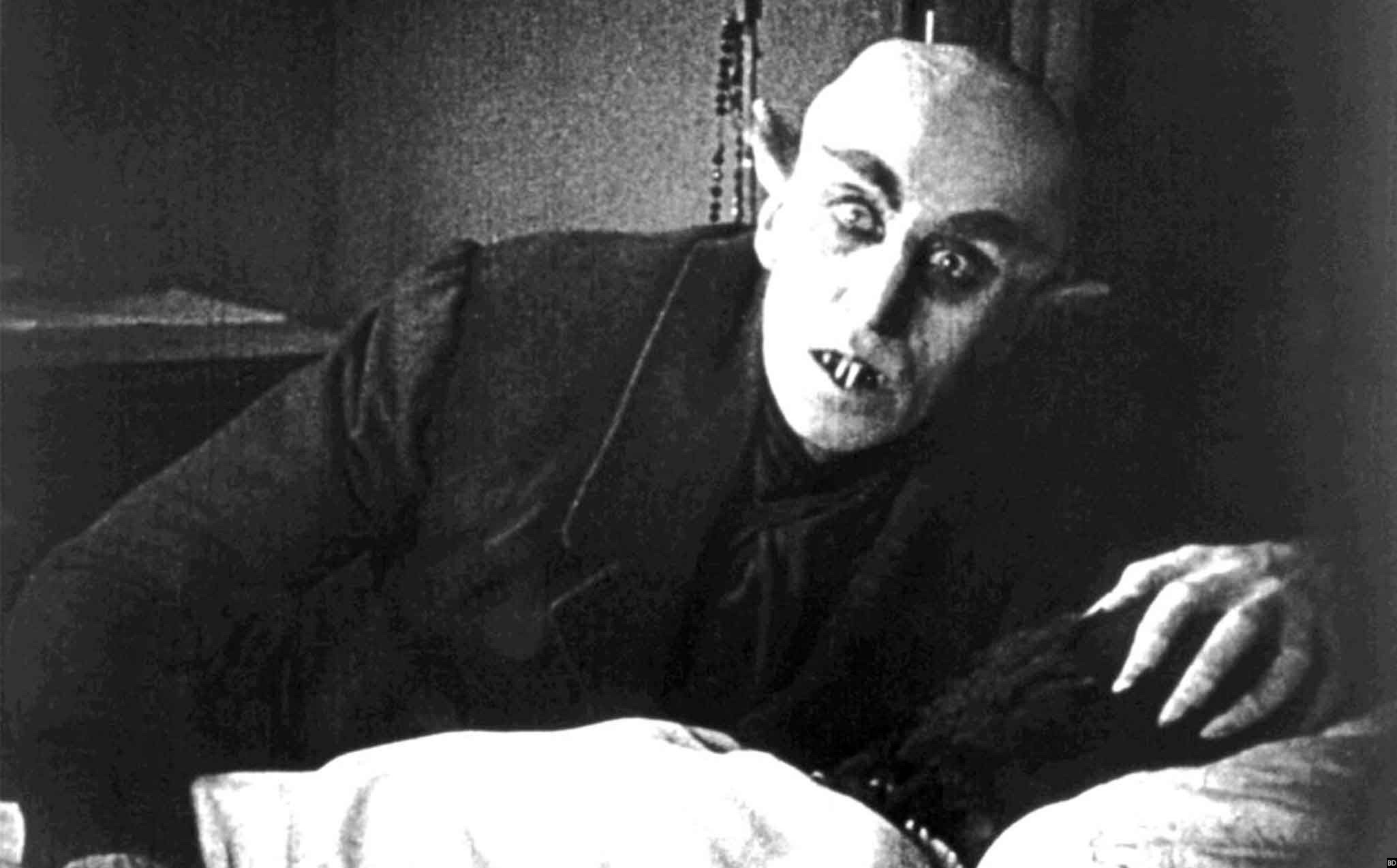German Expressionism
The German expressionist period of film was considered to be Germany's golden age of cinema. The period ran from 1919-1933, and was very influential to the cinema world. The ideals that expressionism was based around was that cinema should be used in a way that the camera sees the world through the filter of human perception and emotion. Realism was largely abandoned in favour of more abstract concepts like human experiences and emotions.

One way this was expressed was through the set design, environments and mis en scene. German expressionism usually includes heavily stylized worlds using artificial set design, often with angular and complex houses and landscapes. German Expressionism even went on to influence famous writer and illustrator Dr Seuss. this can be seen especially clearly through the set design of the 1920 expressionist film The cabinet of Dr Calagari...

Some other notable characteristics of the genre include extreme costumes, makeup and acting. Because the films were created in black and white, and were silent, often over the top acting was implemented to convey the overall message without having to put too much text on the screen. High contrast is another signature part of German expressionistic films, which was achieved by actors often wearing pale white makeup with accents of dark around the eyes or mouth. the same can be said for the costumes of many of the characters during this time period

another element that often played into the sub genre were key themes such as madness, evil and death. These went on to heavily influence many horror films, both at the time and in out current day. Nosferatu was said to have had a heavy influence on the 1930s Dracula film, that was filmed in Hollywood and has become a renowned title in the world of cinema. German Expressionism also heavily influenced the works of famous film director and animator Tim Burton. This can be seen especially through his short film Vincent, as it heavily features black and white contrasts, similar set design and key themes as the genre.

Some of the most famous titles from this time period in German film making include Metropolis by fritz Lang. The 1927 film contained vast sets and thousands of extras, and is remembered as one of the most ambitious and one of the most expensive of Germany's film from its expressionist period.
some other notable films from this period are also the golem (1915) directed by Paul Wegener and Henrik Galeen, Nosferatu (1922), last laugh (1924) and faust (1926) directed by F. W. Murnau, and M (1931), Directed by Fritz Lang.

One way this was expressed was through the set design, environments and mis en scene. German expressionism usually includes heavily stylized worlds using artificial set design, often with angular and complex houses and landscapes. German Expressionism even went on to influence famous writer and illustrator Dr Seuss. this can be seen especially clearly through the set design of the 1920 expressionist film The cabinet of Dr Calagari...

Some other notable characteristics of the genre include extreme costumes, makeup and acting. Because the films were created in black and white, and were silent, often over the top acting was implemented to convey the overall message without having to put too much text on the screen. High contrast is another signature part of German expressionistic films, which was achieved by actors often wearing pale white makeup with accents of dark around the eyes or mouth. the same can be said for the costumes of many of the characters during this time period

another element that often played into the sub genre were key themes such as madness, evil and death. These went on to heavily influence many horror films, both at the time and in out current day. Nosferatu was said to have had a heavy influence on the 1930s Dracula film, that was filmed in Hollywood and has become a renowned title in the world of cinema. German Expressionism also heavily influenced the works of famous film director and animator Tim Burton. This can be seen especially through his short film Vincent, as it heavily features black and white contrasts, similar set design and key themes as the genre.

Some of the most famous titles from this time period in German film making include Metropolis by fritz Lang. The 1927 film contained vast sets and thousands of extras, and is remembered as one of the most ambitious and one of the most expensive of Germany's film from its expressionist period.
some other notable films from this period are also the golem (1915) directed by Paul Wegener and Henrik Galeen, Nosferatu (1922), last laugh (1924) and faust (1926) directed by F. W. Murnau, and M (1931), Directed by Fritz Lang.
Comments
Post a Comment